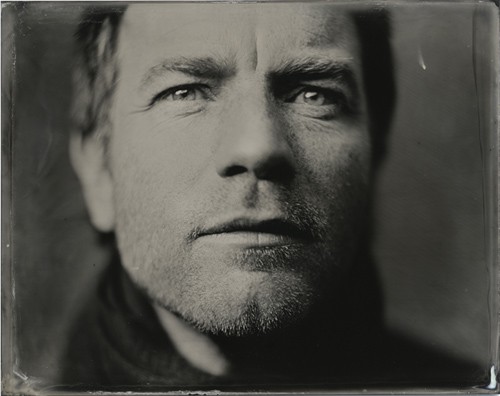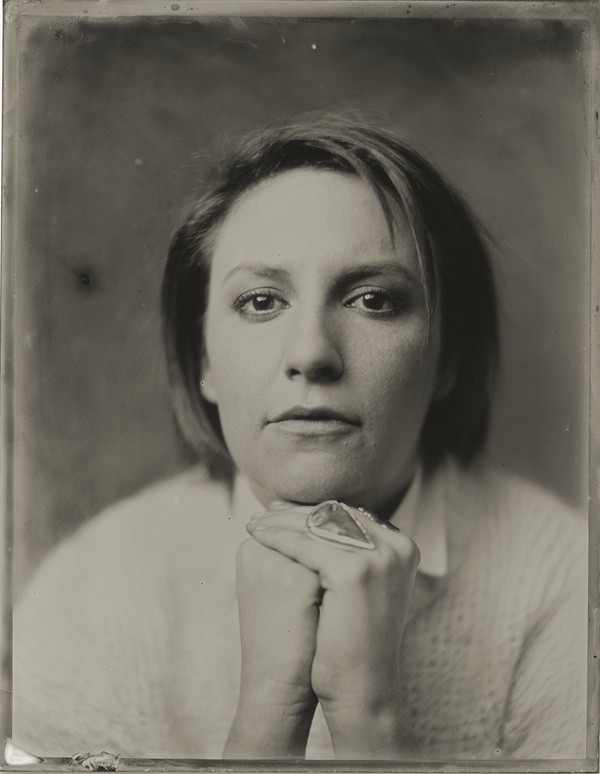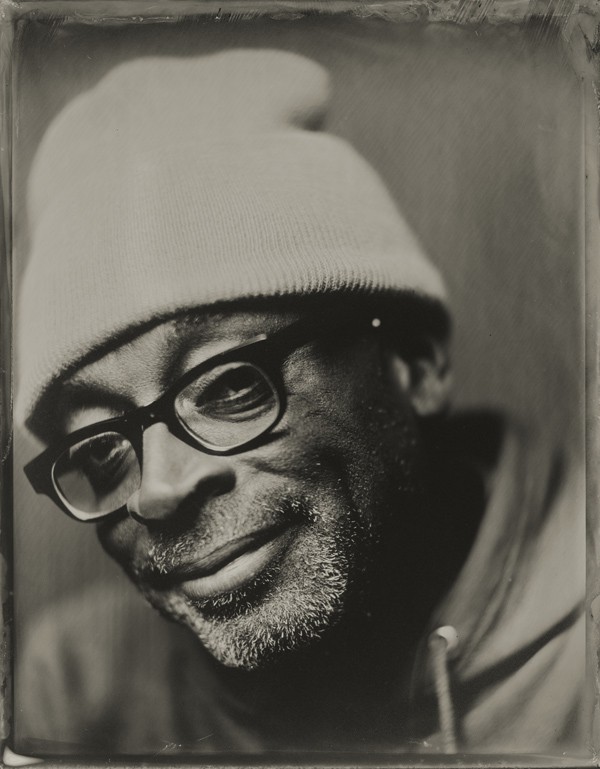Share
Victoria Will’s Passion For A 19th Century Photo Technique
New York photojournalist Victoria Will was wandering the grounds of Photoville when she came across the Penunbra Foundation’s Tintype studio. She...

New York photojournalist Victoria Will was wandering the grounds of Photoville when she came across the Penunbra Foundation’s Tintype studio. She was enthralled by the results, and ended up mastering the process to use at the Sundance Film Festival a few years later.
The story of your introduction to tintype at Photoville is so serendipitous. Can you tell us more about how you came upon the tintype booth and what attracted you to the process?
I’m always on the look out for things that will inspire my work, but also challenge me. In fact, I think the challenge is half the inspiration. As a photographer, I know I’m not alone in that perpetual hunt and I was at Photoville for just that reason — to learn and see what is out there. When I passed the Penumbra Foundation Tintype booth, I was hooked immediately. I had seen tintypes before at antique stores and yard sales, but I had never witnessed the process. Seeing it done made me realize that If I could learn it, I could apply this technique to my own work. I was immediately attracted to the one of kind, raw final product. The result is deliberate and intensely honest.
At what point after your introduction to tintype did you decide to use the technique at Sundance?
Instantly. I knew standing there at the booth at Photoville that if I could somehow learn the process, Sundance would be the perfect application. That was a BIG if, of course. But I accepted the challenge and went from there.
I imagine that you might have had some anxiety about using a newly acquired technique with movie stars who are typically impatient. What was the preparation process like and how did you feel before taking the first image?
Absolutely! I was sweating bullets. However, I had shot the festival several years before so I understood the timing and pace of the week. That was a big help in preparing. But that being said, it was still a gamble. I prepared by reading books, watching YouTube videos and reaching out to people across the country that had experience with them. People like Jody Ake, who have been making wet plates for decades, were incredibly generous with their knowledge. I took advice from anyone who was willing to give it.
When I arrived at Sundance, I was still uncertain if I could pull it off. I was incredibly excited and equally as terrified. My goal was to come away with maybe 20 portraits over the course of the week. But in the end, we made almost 75 the first year and 150 the second. That was in large part to the amazing team of people I had helping me. Because the time with each subject is so limited, we really streamlined a process for sensitizing the plates, shooting and then developing them in the quickest, most efficient way possible. By the second day we were cruising.

Photo by Victoria Will
What was the reaction of the actors upon seeing their tintypes?
One of my favorite parts of making wet plates is actually the subject’s reaction when they walk in the studio, smell the chemistry from the darkroom and realize we are doing something different. It is a festival of actors, artists, writers and directors – all creatively minded, so they tend to really embrace the fact that we are making something together. In fact, many of the subjects want to follow us into the darkroom to watch the rest of the process. When people are that interested in what you are doing, it makes the shoot that much more rewarding.
I enjoyed all the tintypes from 2014 and 2015, but I keep seeing the one of Philip Seymour Hoffman in my head. It’s haunting, and of course, he died shortly after. Not to get too existential, but do you think there’s something about this slow, analog process that brings out something different in your subjects?
Wet plates cannot be altered, so in a way, they are bit more honest since there is no photoshop to be done. We are all so used to seeing such polished glossy portraits and the tintype is a huge departure from that. Some would even say they are unflattering. But in my experience what I’ve noticed is that people are so used to the digital world that this analog process excites them. As a result, when they sit in front of the camera knowing that there is one chance to make the image, they are much more present. We are truly collaborating and working towards the end result. Perhaps that’s the difference?

Photo by Victoria Will
Are you surprised at the resurgence of interest in film and alternative processes?
Not at all. I think as visual and creative people, photographers are always looking for things that resonate with them. But as quickly as we find something we like, hopefully, we are also evolving — our aesthetic, our likes and our dislikes should all grow. Its so popular now though, I’m excited to see where the next shift takes us.
Is tintype/film/alt process a phase for you, or do you see yourself experimenting with the medium for a while?
I will always utilize it, but only when it fits and is appropriate for the subject matter. In a way, it has acted as a gateway to discovering other alternative photographic processes. As I mentioned above, I’m a perma-student, always looking to learn more so this is just the beginning.
For more on the photographers and companies who are still celebrating film, check out our guide, Film Photography in a Digital Age.




